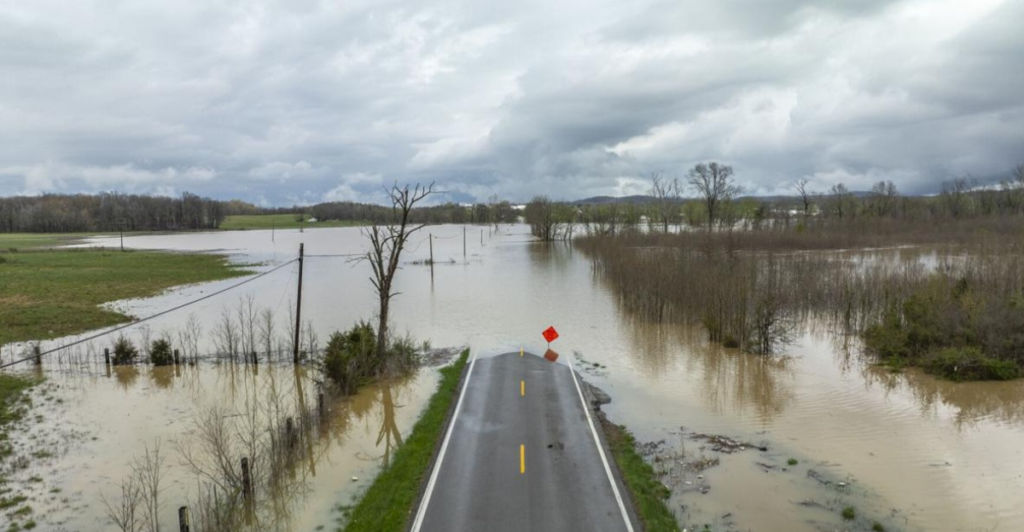
After record-breaking rainfall, a multi-day atmospheric siege has set off catastrophic flooding across the Central U.S., with rivers in Kentucky, Tennessee, and Ohio reaching historic levels. The Kentucky River reached a high of 48.7 feet in Frankfort on April 8 — the second highest level since the 1978 record — submerging roads, homes, and critical infrastructure.
At least 22 people have died due to the storms, including a 9-year-old boy in Kentucky who was swept away by floodwaters and a father and son who were killed when a tree fell on them in Georgia.
On April 5, Memphis saw 5.47 inches of rain — its wettest April day on record — while Little Rock saw more than six inches, overwhelming drainage systems. Nineteen river gauges are at the “major flood” stage, according to the National Weather Service, and the Ohio River is threatening Louisville’s urban core.
Parallels and Escalation
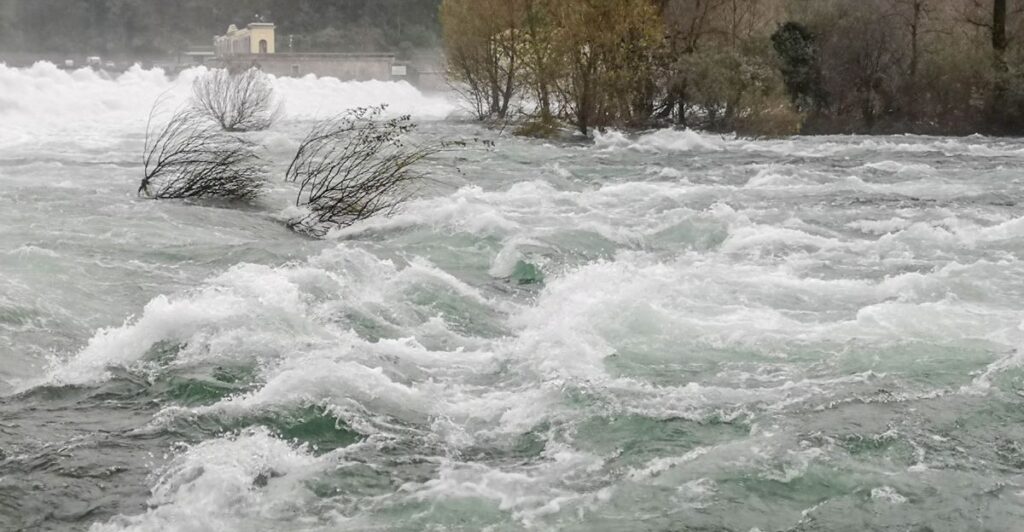
This event echoes but surpasses 20th-century disasters. The Kentucky River’s 2025 peak just edged out the 49.1-foot record set in 1978, but with a key difference: climate-driven precipitation intensification. According to NOAA, the Midwest has seen a 37% increase in extreme rain events since 2000.
Frankfort’s flood walls — designed for 1978-level events — are now stress-tested beyond their original parameters, exposing gaps in aging infrastructure.
By comparison, the Ohio River Flood of 1937 flooded 70% of the City of Louisville but did not have the urban density present today; modern floods now threaten 83% more property value within the same zones.
Infrastructure Vulnerability
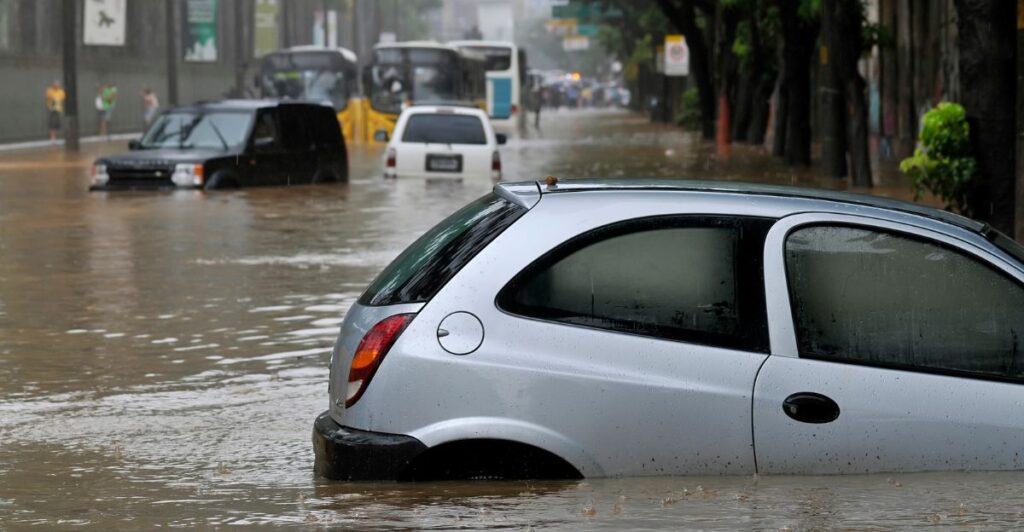
Utilities exposed to flooding are collapsing in real time. Mercer County, Kentucky, anticipates total collapse of its water system by April 9 after pumps were overwhelmed, while Frankfort’s plant board rationed water distribution as electrical failures set in.
An oil spill at a Hardin County truck depot caused by backflow from the Ohio River shows a cascade of risks from industrial activity. FEMA’s AE flood zones, based on 1%-annual-chance events, didn’t consider the back-to-back storms producing 500-year rainfall totals. The result: 118 flooded homes in Montgomery County, Tennessee, with 33% deemed total losses.
Economic Ripple Effects
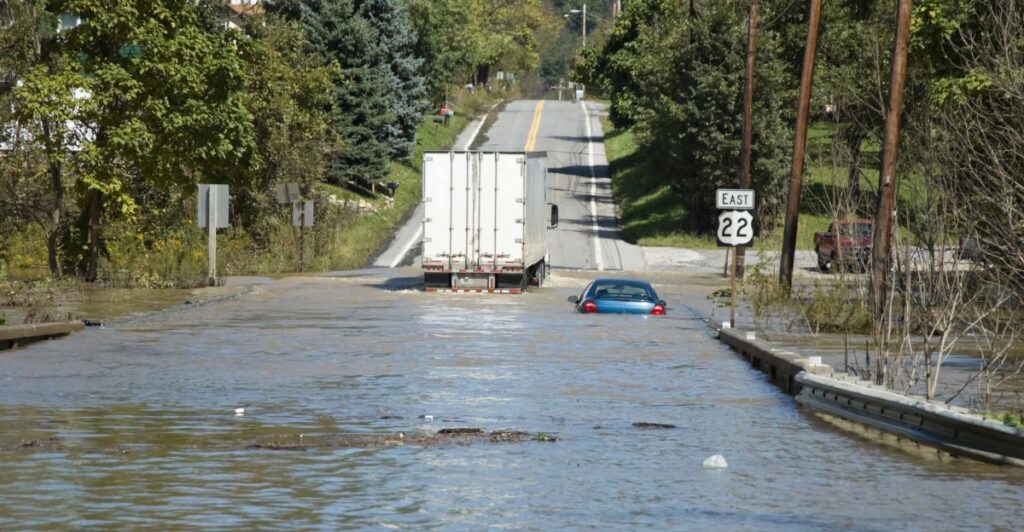
Apart from the immediate damage, strategic industries are under existential threat. Buffalo Trace Distillery – contributing $1.2B a year to Kentucky’s economy – remains closed with unknown barrel storage damage.
Restaurants such as Captain’s Quarters Riverside Grille are using a counterintuitive adaptation: intentionally flooding their buildings with clean water to mitigate contaminated sediment damage.
Bourbon shortages and Mississippi River barge delays have also been forecast by supply chain analysts, potentially affecting 60% of all U.S. agricultural exports that pass through the Ohio River corridor.
Climate Attribution and Denial

While no single event is solely climate-driven, 2025 floods align precisely with IPCC AR7 projections: 9 of the 10 wettest days since 1996 have occurred post-2010.
But political narratives are at odds. Kentucky Governor Andy Beshear explicitly linked the disaster to the “weather extremes we’re seeing globally,” while Arkansas Governor Sarah Huckabee Sanders emphasized response rather than causation.
This split reflects a national divide: 72% of Democrats vs. 28% of Republicans, as per Pew Research, attribute climate change as a major flood driver, complicating mitigation funding.
Social Vulnerability Mapping

Flood impacts reflect social and economic divides. Mercer County’s water crisis disproportionately impacts rural Appalachians, where 23% lack vehicle access to an evacuation route. Compare this to Louisville’s wealthier neighborhoods, where real-time river gauges and drone surveillance allow for preemptive defense.
Historic redlining along industrial riverfronts shows Frankfort’s majority-Black neighborhoods have 40% more exposure to floods than others, according to FEMA’s National Risk Index. Meanwhile, Nashville’s homeless population faced deadly dangers; one woman was rescued from a submerged tent city.
Unconventional Mitigation Strategies
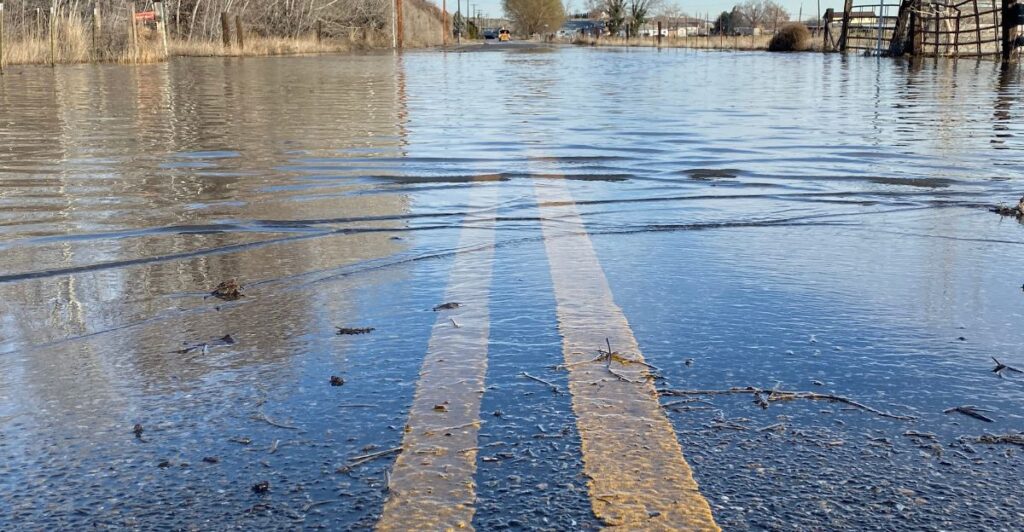
Progressive adaptations are in the works. Frankfort’s “controlled saturation” method — preemptively flooding parks to act as water buffers — reduced damage downtown by an estimated 18%.
In Indiana, “smart levees” fitted with IoT sensors autonomously deploy flood barriers when river currents reach speeds of 5 mph. But these solutions have faced backlash; a proposed $300M Louisville permeable pavement initiative was halted amid fears it would disrupt buried utilities.
Future Projections and Tipping Points
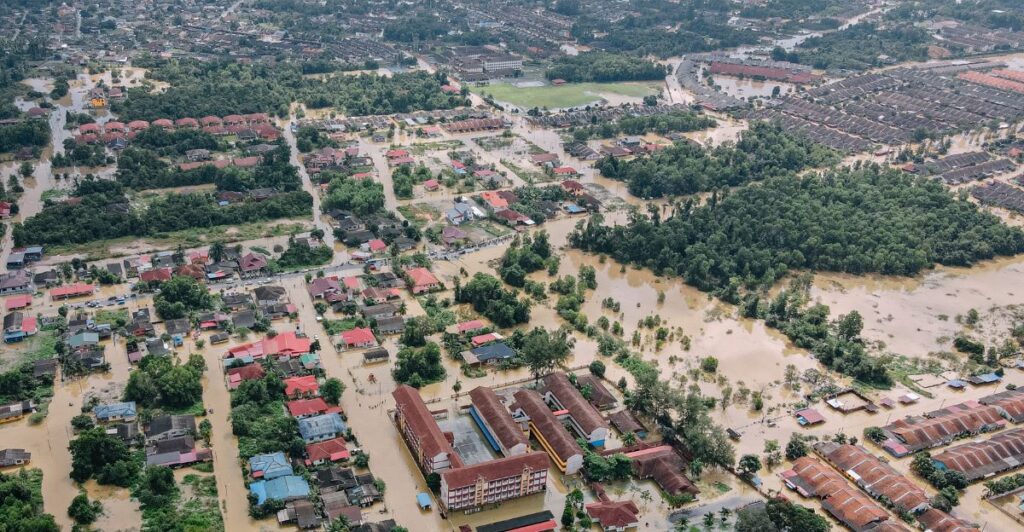
Hydrological models indicate a grim trajectory. By 2040, the Ohio River Basin could experience 45% more high-flow days, flooding critical infrastructure such as Cincinnati’s Brent Spence Bridge 20 times a year.
Coastal compounding looms: the Gulf’s warmer waters are supercharging rain bands, with April 2025’s system pulling 200% more moisture than its 1990s counterparts.
The ultimate wildcard? Mississippi-Ohio River flooding could displace 4 million people, a 2024 Woods Hole study warns—a scenario now being stress-tested in real time.
Floods as Economic Stimulus
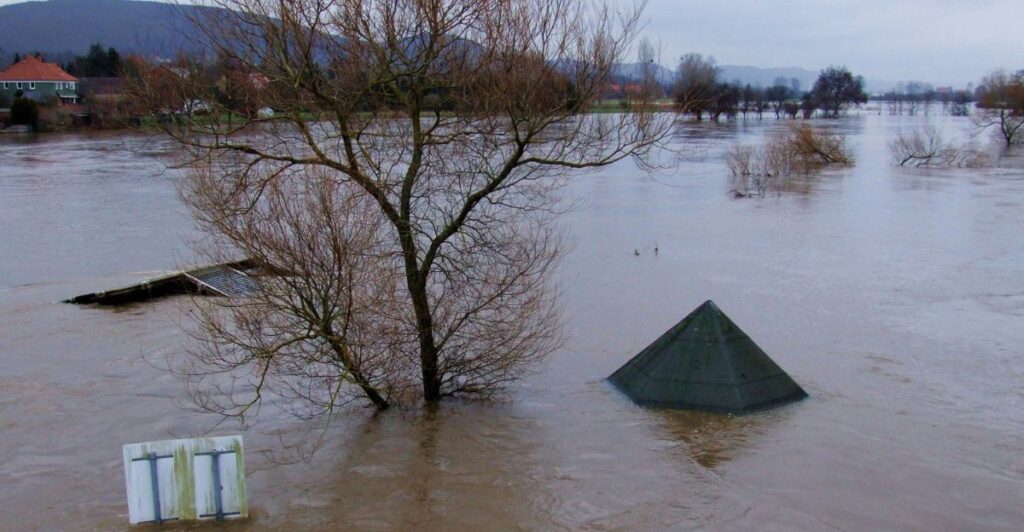
Some sectors paradoxically benefit. Heavy equipment dealers are experiencing 300% increases in pump sales, and drone mapping companies such as FloodAware AI won $20M in emergency contracts.
Insurers, however, face a reckoning: State Farm’s Q1 2025 losses reached $1.4 billion, speeding up actuaries shift toward parametric flood policies. At the same time, “climate gentrification” emerges as elevated properties in Lexington demand 25% premiums over flooded areas — potentially altering regional dynamics.
The Need to Adapt
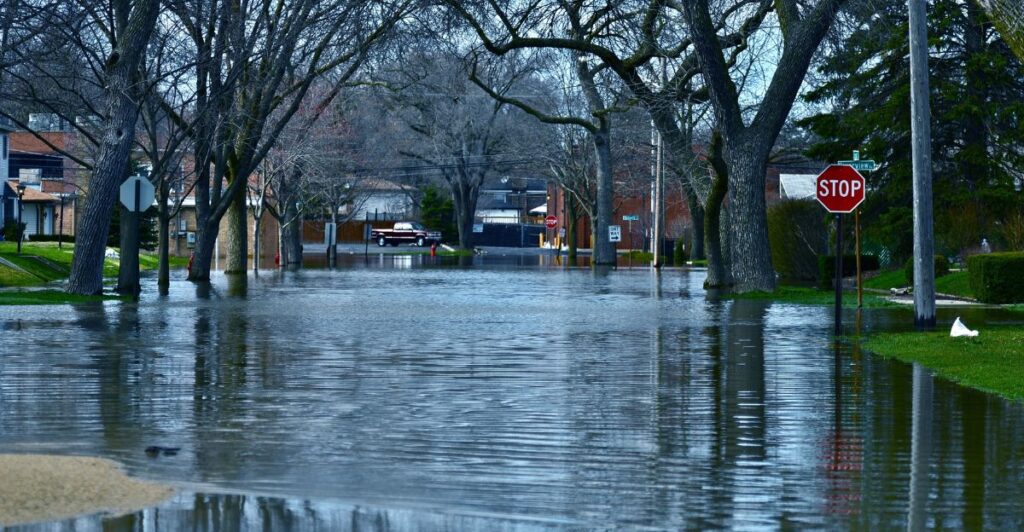
This disaster is a cycle that has been repeated many times before, and it reveals three truths: 1. Historical flood models no longer work; 2. Equity gaps will determine who survives; 3. Hybrid solutions — tech and ecology — will work best.
The Kentucky River’s narrow escape from Frankfort’s flood walls — just 0.4 feet below failure — is an ominous warning. As Governor Beshear noted, recovery requires “rebuilding smarter, not just rebuilding.”
With climate projections showing 2°C warming could triple Midwest flood damages by 2050, the choice is stark: invest $1T in adaptation now or face $6T in cumulative damages later. The floods are not coming — they are already here.
Explore more of our trending stories and hit Follow to keep them coming to your feed!

Don’t miss out on more stories like this! Hit the Follow button at the top of this article to stay updated with the latest news. Share your thoughts in the comments—we’d love to hear from you!







